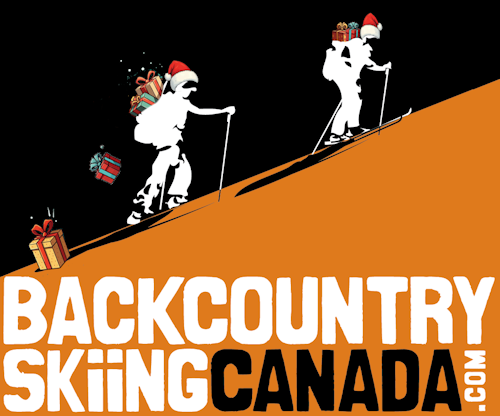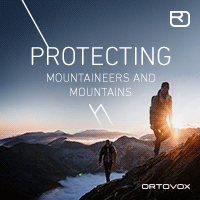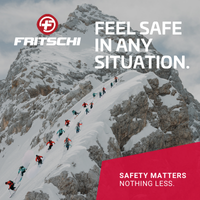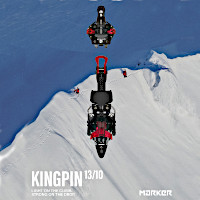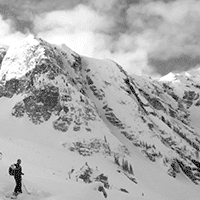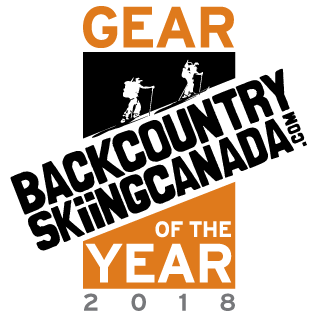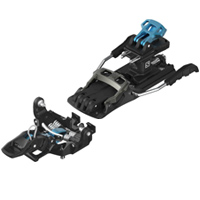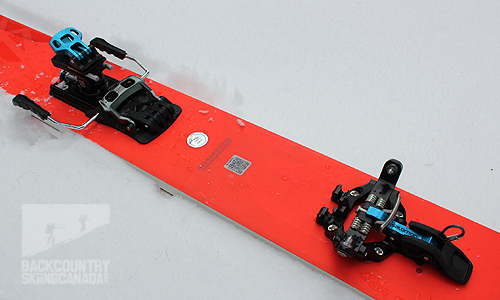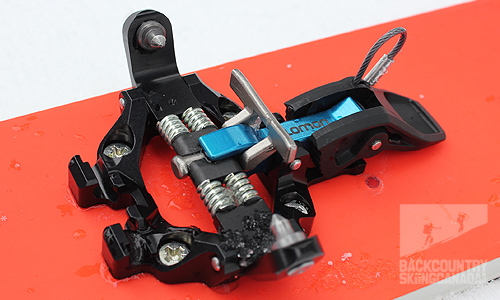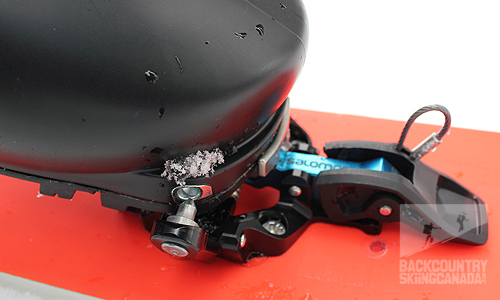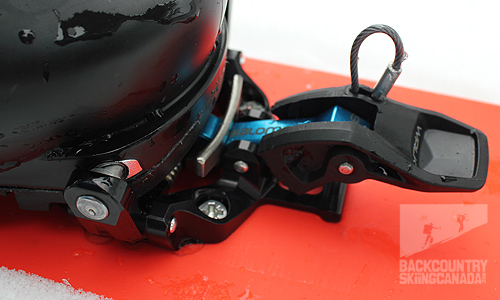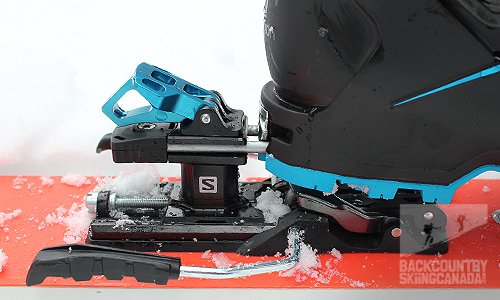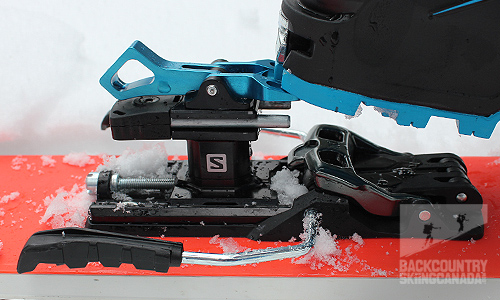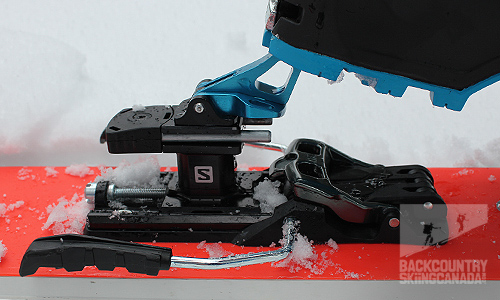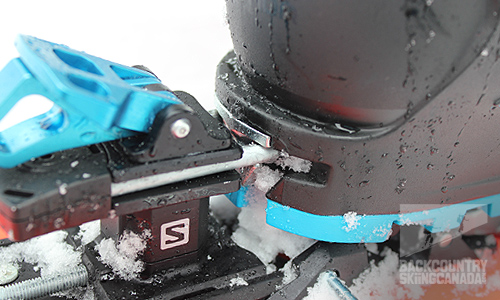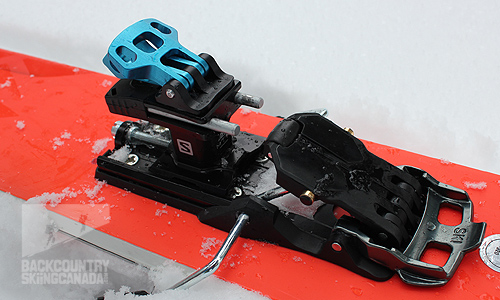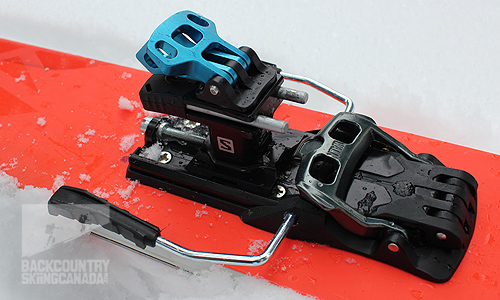


SITE LOGIN
- REVIEWS
- NEWS
- STORE
- ROUTES
- LODGING
-
VIDEOS
- 2022/23 Gear Reviews
- 2021/22 Gear Reviews
- 2020/21 Gear Reviews
- 2019/20 Gear Reviews
- 2018/19 Gear Reviews
- 2017/18 Gear Reviews
- 2016/17 Gear Reviews
- 2015/16 Gear Reviews
- 2014/15 Gear Reviews
- 2013/14 Gear Reviews
- 2012/13 Gear Reviews
- 2011/12 Gear Reviews
- 2020 Outdoor Retailer
- 2019 Outdoor Retailer
- 2018 Outdoor Retailer
- 2017 Outdoor Presscamp
- 2017 Outdoor Retailer
- 2016 Outdoor Presscamp
- 2016 Outdoor Retailer
- 2015 SIA Show
- 2014 Outdoor Retailer
- 2013 SIA Show
- 2012 Outdoor Retailer
- Tips and Tricks
- Backcountry Skiing
- SAFETY
- ABOUT
- REVIEWS
- NEWS
- STORE
- ROUTES
- LODGING
-
VIDEOS
- 2022/23 Gear Reviews
- 2021/22 Gear Reviews
- 2020/21 Gear Reviews
- 2019/20 Gear Reviews
- 2018/19 Gear Reviews
- 2017/18 Gear Reviews
- 2016/17 Gear Reviews
- 2015/16 Gear Reviews
- 2014/15 Gear Reviews
- 2013/14 Gear Reviews
- 2012/13 Gear Reviews
- 2011/12 Gear Reviews
- 2020 Outdoor Retailer
- 2019 Outdoor Retailer
- 2018 Outdoor Retailer
- 2017 Outdoor Presscamp
- 2017 Outdoor Retailer
- 2016 Outdoor Presscamp
- 2016 Outdoor Retailer
- 2015 SIA Show
- 2014 Outdoor Retailer
- 2013 SIA Show
- 2012 Outdoor Retailer
- Tips and Tricks
- Backcountry Skiing
- SAFETY
- ABOUT
TOP VIDEOS
Salomon MTN Bindings
The Salomon MTN Bindings are one of the lightest and easiest to use tech bindings we’ve ever reviewed. Salomon has reduced the weight by keeping the design simple without the loss of any reliability or functionality. A solid design and good looks with the MTN Bindings our Gear of the Year Award.
The Backcountry Skiing Canada Team.
It’s been well known in the backcountry skiing community that Salomon has been working away on a lightweight tech compatible binding for some time now. After the success of their Guardian frame binding, it was only natural that Salomon turn their expertise towards making a lightweight, reliable, easy to use and strong alpine touring (AT) binding. Enter the Salomon MTN Bindings which are available with an optional brake or ski leash. At just 595g per pair w/o brakes, the MTN Bindings are the lightest alpine touring binding we’ve reviewed to date here on Backcountry Skiing Canada and also one of the easiest to use.
Have a watch of the following video overview to gain a better understanding of how the Salomon MTN Bindings function:
- SHOW THE REST OF THE REVIEW / PHOTOS / VIDEOS
-
The MTN toe piece has a built in boot bumper to help align the tech fittings in your boot with those in the binding. This alignment has been problematic for some AT bindings in the past such as the Fritschi Vipecs, however, there is no issue with the Salomon MTN’s.
Below you can see the bumper, how it aligns the boot to the pins and then when it is engaged.On the heel piece, there are two climbing aids built into the top of it, these flip down and into place with the flick of your pole and provide a 7° and 13° rise angle for more efficient skinning up steeper inclines. A built-in brake lever which retracts the brakes (so that they are out of the way in tour mode) elevates your boot 2° off the ski so there are three positions for climbing. This 2° incline is just enough height to enough to ensure that your boot does not engage with the heel pins in the bindings and allows you to walk and climb freely with-out having to first twist the heel piece as is the case with most other AT bindings. A quick flip of the break lever with your pole and the brakes are released and you are then able to stomp your boot into the bindings so that the tech fittings in the heel engage and the brakes once again become recessed and out. You’re now securely attached to your ski and ready to shred. The break lever and climbing aids are fast and easy to use, should you wish to move the entire heel mechanism out of the way then you are also able to twist it laterally and still use the two climbing aids as needed. Should you chose not to add brakes to the MTN bindings then you’ll save approximately 100g per brake and simplify things even more.
Below you can see the 2°, 7° and 13° riser options.With 30mm of length adjustment on heel piece of the MTN you can easily accommodate different boot sole lengths with-out having to go through a binding remount. The Salomon MTN’s also have a 40mm wide mounting pattern which is quite wide considering how small these bindings really are.
In order to have a simple and light-weight design, the MTN bindings do not incorporate a DIN setting option in the heel piece. Instead, you choose one of three springs to install into the heel to provide the required retention for your weight and ability. There is a women’s, men’s and expert spring to choose from. The men’s spring comes standard in the binding and if you need less tension then you would use the women’s as the men’s and expert springs get progressively stiffer.
I’ve been testing the MTN Bindings mounted on Salomon’s QST 106 Skis along with their new S-Lab X-Alp Boots (which completely blew me away so be sure to read that review). This set up proved to be an efficient, go anywhere ski touring dream team and proof that Salomon is one of the contenders in the alpine touring market.
The heel piece is small and simple to use but provides a very secure feel.
Features:
- Rotating heel piece has 2 climbing aids.
- Climbing aid angles 2°, 7° and 13° with brake and 0°, 7° and 13° with-out the brake
- No DIN value, release value adjusted by changing the U-shaped pin in the heel to one of the three options included.
- Step-in aid to easily align boot.
- 40mm wide mounting pattern.
- 30mm of length adjustment on the heel piece.
- Compatible with Dynafit crampons.
- Ski leashes included.
The following photos show the breaks in ski mode and also in touring mode, locked up and out of the way.
Verdict:
There is not much to say about the new Salomon MTN Bindings, other than I’m a huge fan! They’re super light and have been performing flawlessly throughout my testing. They release when they should and hold when you need them. I’ve skied mellow terrain, steeps and crud and so far no issues what-so-ever. I’ve put in a bunch of spring-time touring laps on the MTN’s and really appreciate their simple design and ease of use. The Toe Bumper helps guide your boot’s tech fittings right where they need to go, then the toe piece jaws clamp down with powerful confidence. It’s rare that you don’t hit the toe pins just right on your first try, the only missed opportunities may be when there is just too much powder in the way to get a good view—not a bad thing.
The heel piece may look minimal in stature but it sure offers up confidence on the down and when skinning the climbing aids are easy to use (after some practice flipping them with your poles). My favourite feature has to be the fact that I don’t need to rotate the heel piece out of the way in order to climb. Every other touring binding on the market requires this additional operation but with the MTN bindings, the brake lever elevates your boot just enough to clear the heel pins. This saves time on transitions and makes you more efficient over the course of the day. You will still hear some clatter from the heel pins hitting the tech fittings in your boot but there is not enough contact to make them catch. It would be nice to see more clearance in this area but I understand that this would increate the boot angle as well. After a few laps I got used to the noise and it quickly became a non-issue. If it is something that bothers you, you can easily just rotate the heel piece out of the way like traditional AT bindings.
Since I don’t remove my skis when I peel my skins at transitions, I simply use my pole handle to flip the brake lever up in order to engage the brakes. This manoeuvre has a learning curve as it takes some skill to catch the brake lever with your pole. A larger metal tab could easily be integrated into the lever’s design to more easily facilitate this process. Not a deal breaker as it still works and it’s the only real issue I could complain about on such a great binding.
We’ve been waiting a long time for Salomon’s tech AT binding and I have to say, the wait was well worth it.
 |
PROS:
|
 |
CONS:
|
SPECS:
Price:$649CAN ($599 w/o brakes)
Weight: 595g (per pair w/o brakes), 780g (per pair with brakes)
RATING: 9.5/10
Transition 2/2
Durability 2/2
Weight 2/2
Quality / Price 2/2
Did we miss something? Are we totally out to lunch? Let us know what you think. People like/dislike gear for different reasons so chime in below and we'll get a well-rounded evaluation. You'll need to login or register before you can comment but it only takes a few seconds, then you're good to go.
-
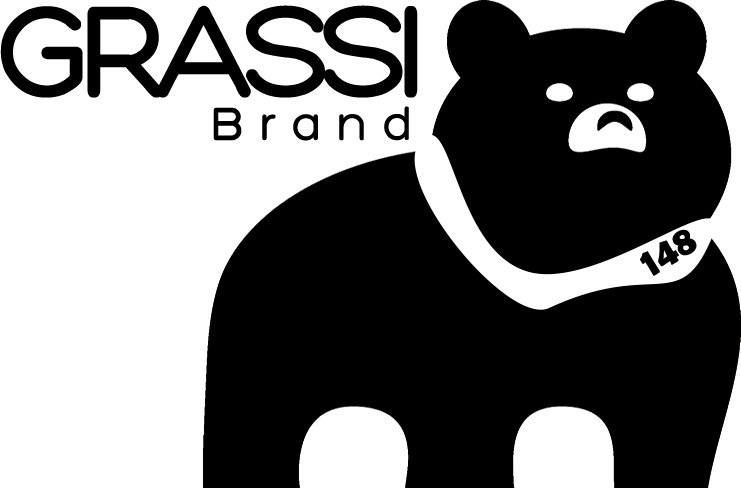 Michael MastersMarch 2, 2019 14:55#I had the same setup last year w/o breaks on the same ski QST 105's. I thought the hike performance was awesome, but coming down a bit scary, found there was no feel to the ski with these bindings. I sold after a few months on them. Perhaps it was me as these are "mico" bindings but I would only recommend for traverses or folks not looking for speed or pow coming down.
Michael MastersMarch 2, 2019 14:55#I had the same setup last year w/o breaks on the same ski QST 105's. I thought the hike performance was awesome, but coming down a bit scary, found there was no feel to the ski with these bindings. I sold after a few months on them. Perhaps it was me as these are "mico" bindings but I would only recommend for traverses or folks not looking for speed or pow coming down.-
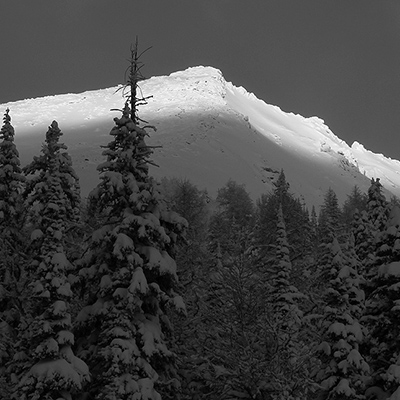 BSC AdminMay 1, 2020 09:35#Sorry to hear that Michael. With any tech binding, you are not going to get that same bury secure feeling you would with a regular alpine binding or even a heavier AT binding. Tech bindings are super lightweight and really meant for touring in soft snow conditions, this includes the Salomon MTN Bindings. Not for everyone I suppose.
BSC AdminMay 1, 2020 09:35#Sorry to hear that Michael. With any tech binding, you are not going to get that same bury secure feeling you would with a regular alpine binding or even a heavier AT binding. Tech bindings are super lightweight and really meant for touring in soft snow conditions, this includes the Salomon MTN Bindings. Not for everyone I suppose.
-
Leave a Comment:
Copyright © 2009-25 Backcountry Skiing Canada. All Rights Reserved.
